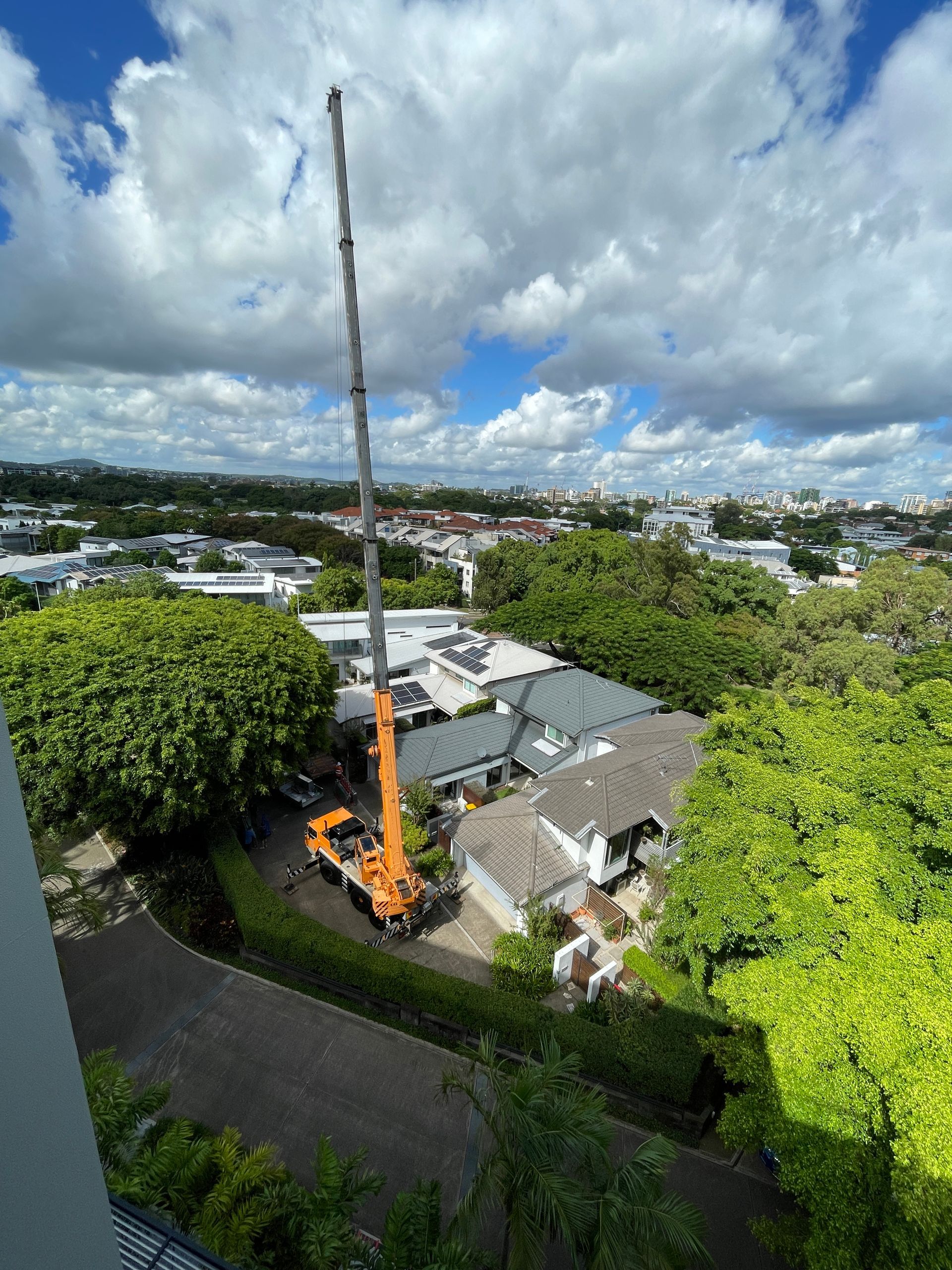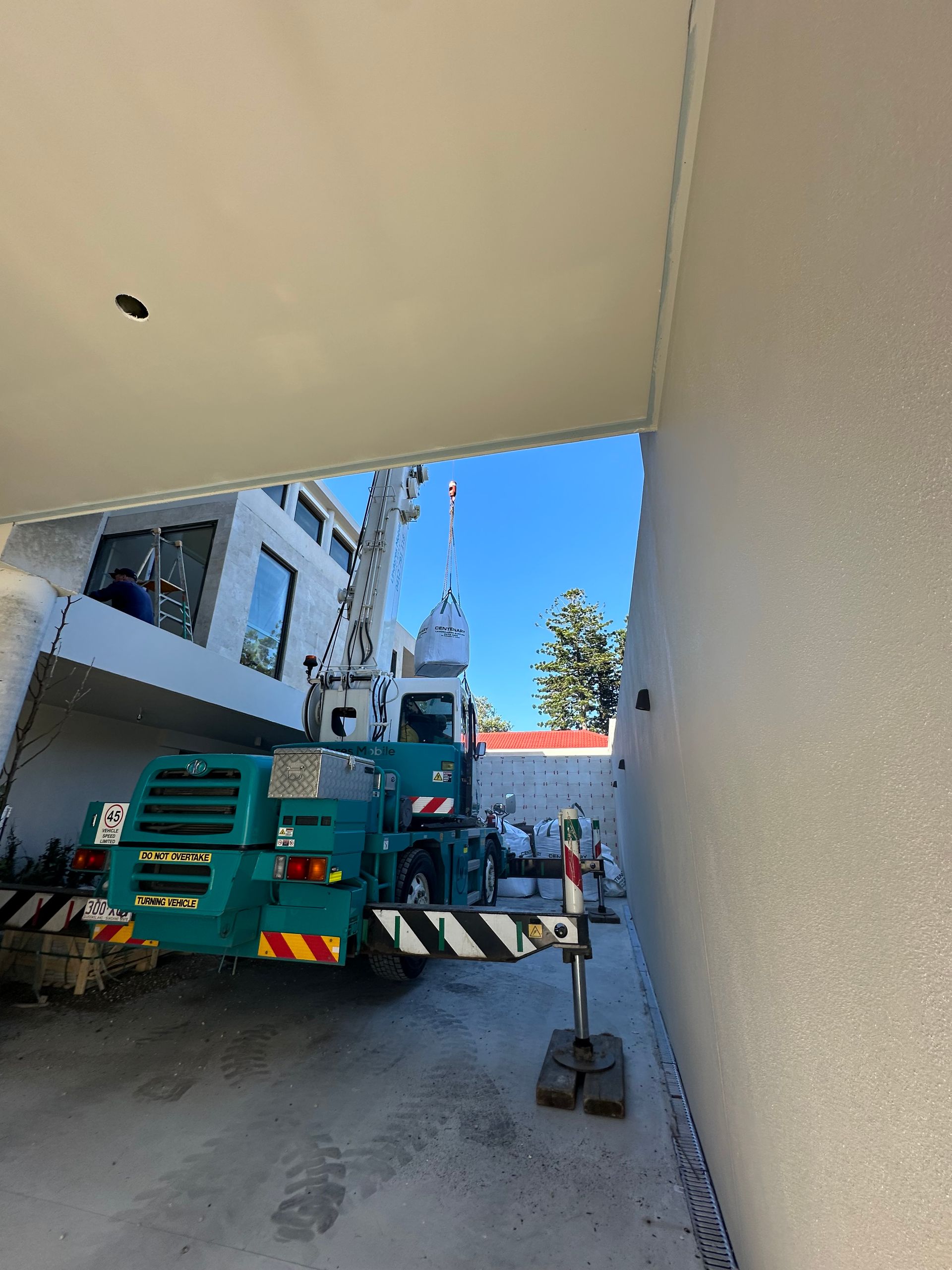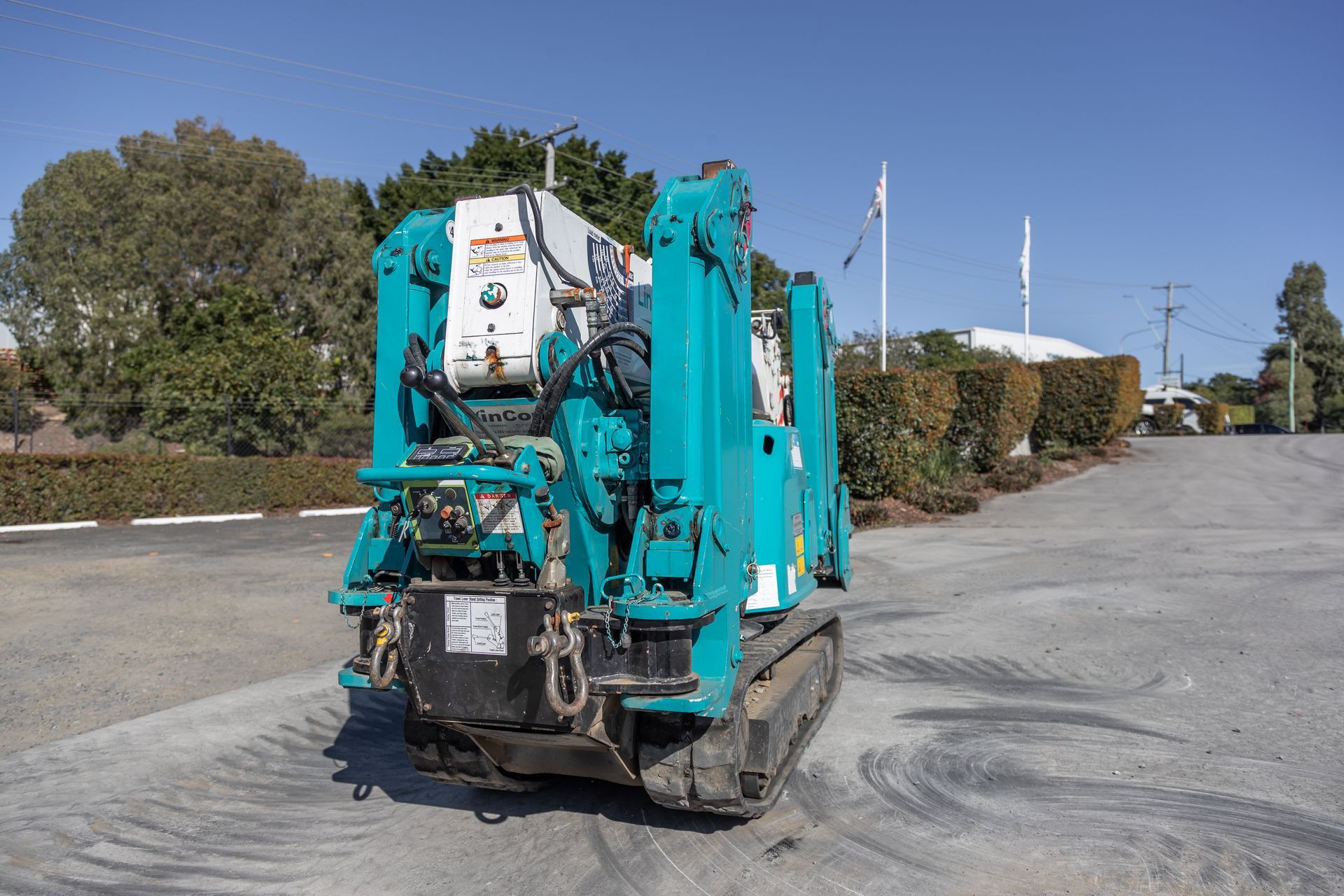Important Tips: Crane Inspections
Why do mobile cranes need to be maintained?
Mobile cranes need to be regularly maintained to identify whether there are any faults, damage or deterioration that could lead to equipment failure during a lift. Preventative maintenance can also prevent expensive repairs by not allowing damage to deteriorate or worsen over a longer period of use and time.
Failure to properly maintain a mobile crane can create major risks for crew members and may even cause extensive property damage. Evidently, equipment failure can result in increased project costs and project timelines.
How often do cranes need to be inspected?
Different types of mobile cranes require different types of inspections to which are either carried out routinely and prior to crane operations. A pre- lift inspection will look at different elements of the crane’s functionality and part in comparison to a routine check.
Pre-Operational Checks
Pre-operational checks are performed prior to the operation of the crane. This daily check is an essential safeguard measure to ensure the crane is safe to operate.
Some checks that are conducted in pre-operational checks are:
• Administrative information (e.g., crane registration is up to date)
• Signage and charts (e.g., warning placards in place)
• Controls and indicators (e.g., fuel gauge and engine gauge)
• Air, fluids, and their associated systems (e.g., engine oil level and battery oil level)
• Safety items (e.g., fire extinguisher and counterweight)
• Structural and operational items (e.g., telescoping boom and boom cylinders)
Routine Inspection (Monthly or Quarterly)
Routine inspections should be carried out quarterly or monthly, depending on the type of crane and the associated manufacturer’s recommendations. Importantly, if the crane has not been in use, it is still important to carry out all inspections as the crane could have deteriorated when not in use. Most commonly, corrosion and external damage.
Some checks that are conducted in routine inspection checks are:
• Crane functions and controls
• Emergency and safety switches
• Lubrication
• Verify the accuracy of load moment indicator (LMI) and rated capacity indicator (RCI) devices with a test lift using a certified test weight
• Filters, fluid levels and leaks
• Visual inspection and measurements of critical parts (e.g., brakes, gears, fasteners, pins, shafts, wire ropes, sheaves, locking devices and electrical contractors)
• Signage (e.g., warning signs and control markings)
• Wheels and tyres wear
• Any other items nominated in the crane manufacturer’s handbook
It is important to note that annual, and major inspections, are also an non-negotiable for crane maintenance, and are carried out on a less regular basis. An annual inspection being annually, which focuses on any possible damage that may have been missed in the monthly checks. Whereas, a major inspection must be carried out at the end of the cranes recommended operational lifespan, which is allocated by the manufacturer, or at least 10 years from when the crane was first commissioned. All structural and mechanical components of the crane are analysed in this inspection.
We ensure that all Lindores our cranes are operable, safe, and maintained correctly, to ensure that we can help you lift your game.
The Liftout

When people think of crane hire, they often picture towering construction sites or major infrastructure projects. But across Southeast Queensland, an increasing number of residential builders are considering mobile cranes as an essential tool onsite. At Lindores Mobile Cranes , we’ve seen first-hand how reliable crane hire can simplify and speed up residential builds. Smarter Lifting for Modern Home Builds As homes get larger, blocks get smaller, and architectural designs become more complex, the need for precision lifting has never been greater. Roofing materials, structural steel, and even prefabricated walls often need to be placed quickly and safely in hard-to-reach locations. Our mobile cranes, including Mini Crawlers and Frannas , make light work of these tasks. This saves builders time, reduces manual handling, and improves site safety. With our experienced operators on board, there’s no guesswork, no delays, and no unnecessary risk. Explore our mobile crane fleet Tight Access? No Problem. Many of Brisbane’s older suburbs, like Paddington, Spring Hill, and Petrie Terrace, come with tight driveways, steep slopes, and minimal space for materials. That’s where compact mobile cranes and mini crawlers shine. They’re designed to work in confined spaces without compromising lifting capacity or site safety. We regularly help builders lift roofing, frames, pools, and more into hard-to-access sites, without the need for expensive site modifications or lengthy manual labour. Supporting the Sunshine Coast and Gold Coast Residential Market It’s not just Brisbane where we’re seeing demand. Across the Sunshine Coast, with its steep hinterland blocks, and the Gold Coast, where many homes are built close to canals or high-density zones, mobile crane hire is becoming a key part of building smarter, safer homes. Crane Hire That Fits the Residential Build Schedule We know how critical timing is for builders. Delays in lifting can hold up entire stages of the project. That’s why we offer flexible booking options, fast response times, and a commitment to showing up when we say we will. It’s part of the reason why so many residential builders across Southeast Queensland trust Lindores Mobile Cranes for their lifting needs. Ready to Lift Smarter on Your Next Build? No matter the project, our team has the equipment and expertise to help. Contact our team today by calling us on 07 3376 0611 or email lmcops@lmcranes.com.au.

Urban construction across Brisbane’s inner suburbs, like Brisbane City, Fortitude Valley and West End, presents a unique challenge. Limited street access, tight driveways, weight-restricted concrete slabs, and close proximity to neighbouring buildings mean that traditional mobile cranes simply won’t fit. At Lindores Mobile Cranes , we’ve seen how mini crawler cranes are transforming the way construction is carried out on these sites. Compact, precise, and highly mobile, these machines are fast becoming essential for projects across Queensland . Rethinking Lifting for Urban Environments In city and suburban projects, space is at a premium. Construction teams often deal with narrow laneways, busy streets, or strict local council rules that make large-scale crane operations unfeasible. In some cases, access is so restricted that conventional lifting equipment can’t get anywhere near the job site. That’s where mini crawler cranes come in. Built specifically for tight and complex environments, these machines allow builders to lift heavy materials safely and efficiently, without the need for wide access or extensive setup areas. See our full fleet of mobile and mini cranes. Compact Size, Serious Capability Despite their size, mini crawler cranes don’t compromise on performance. Designed to operate in confined spaces, they’re able to move through narrow driveways and even fit inside buildings if required. Their rubber tracks reduce surface pressure, making them safe for use on rooftops or polished concrete slabs, and their zero tail-swing allows for safe manoeuvring in environments with little margin for error. These features make them ideal for everything from steel erection and glass installation to HVAC placement and residential renovations. We’ve supported projects as varied as boutique homes in New Farm and shopfront fit outs in Surfers Paradise , proving how versatile these compact machines really are. Designed for the Modern Job Site Mini crawler cranes are an increasingly popular choice for residential builds, renovations, and even commercial fit outs across Queensland. Their small footprint and fast setup time mean less downtime, lower costs, and fewer headaches when working in restricted-access environments. Ready to Lift Smarter in Tight Spaces? At Lindores Mobile Cranes , we’ve helped countless clients across Brisbane , the Gold Coast , and South East Queensland navigate complex job sites with ease. Our team can advise you on the right crane for your lift, organise pre-lift planning, and provide experienced operators who understand the ins and outs of working in urban environments. Contact our team today by calling 07 3376 0611 or email lmcorps@lmcranes.com.au.

